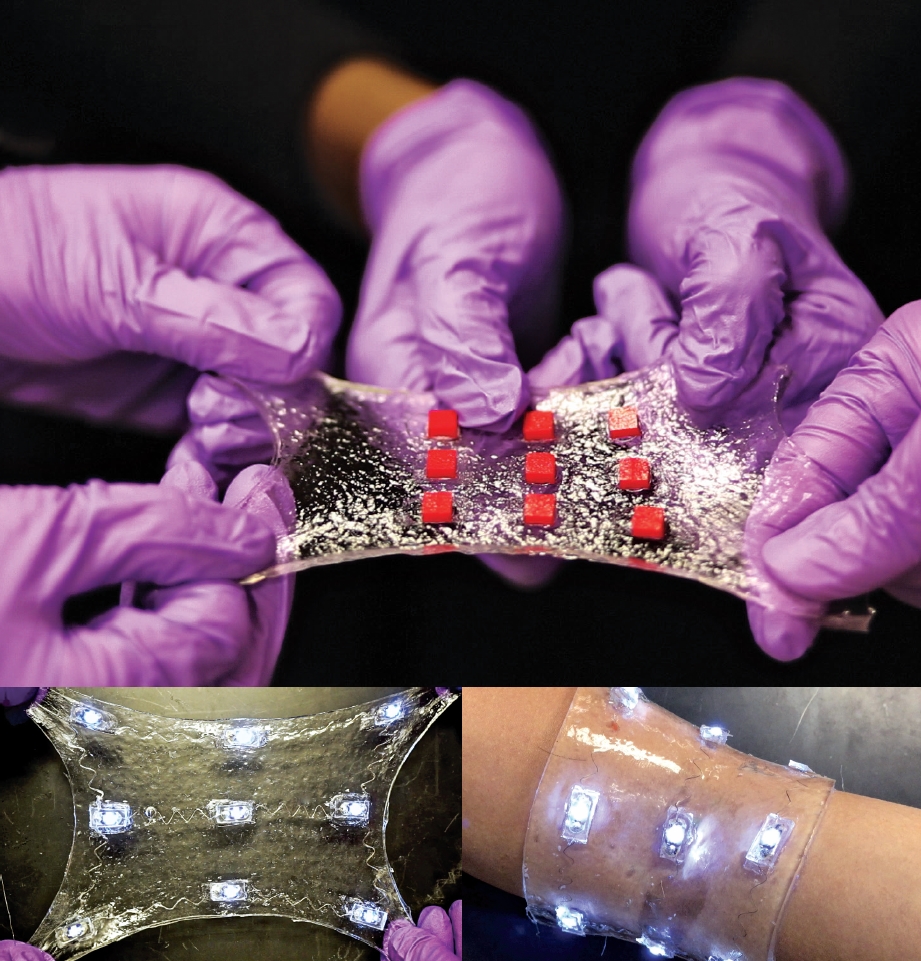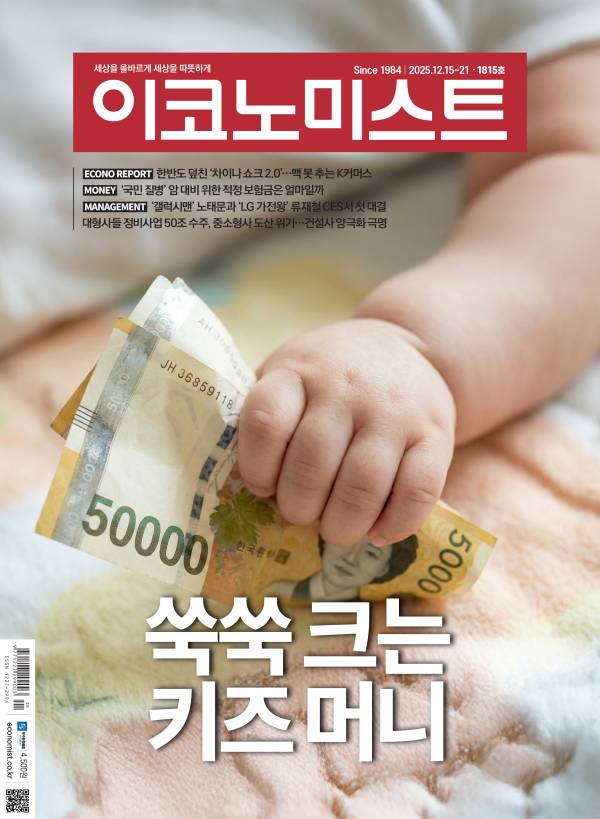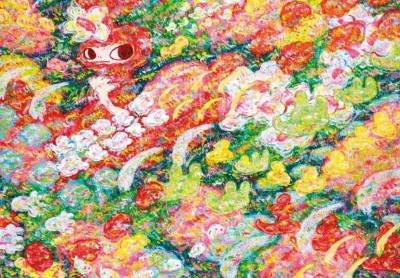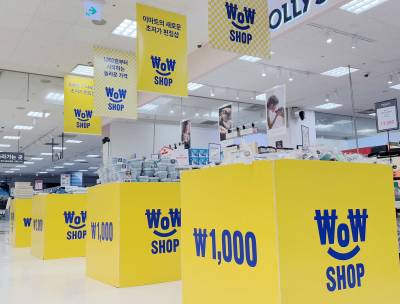- (Free MP3) 일회용 밴드의 ‘똑똑한’ 진화

BUILDING THE BETTER BAND-AID
MIT researchers have designed a “smart wound dressing” using hydrogel embedded with electronic sensors.Legend has it that in 1920, the first adhesive bandage, the Band-Aid, was invented by a young Johnson & Johnson employee newly wed to a woman who had a knack for cutting her fingers while preparing dinner. And for nearly 100 years since, we’ve been using the same basic design—cotton gauze, crinoline and an adhesive strip—to cover our nicks and burns. But in recent years, science has begun to give us all types of bandages that go way beyond just covering scrapes and cuts. Some can stop bacterial infections or put an end to bleeding in as little as 15 seconds, while others can detect bedsores before they become visible. Now researchers from MIT have created one out of a malleable polymer equipped with sensors, which is capable of stretching over your skin and healing wounds faster.
A team led by Xuanhe Zhao at MIT’s Department of Mechanical Engineering designed a hydrogel bandage, made of highly absorbent polymer chains, that can stretch to nearly double its length to cover wounds in areas where placing a traditional bandage would be difficult—such as a knee or elbow—where robust flexibility is essential. It’s also been embedded with electronic components for monitoring body temperature and other vitals—the idea is that drug reservoirs could be built into the “smart wound dressing,” and the sensors could determine when to release the medicines and how much. All of the sensor data can be monitored via a smartphone, giving health care providers insight into how the wound is healing, when drug reservoirs are low and, for example, if the patient has become feverish.
Zhao says his team’s big breakthrough was designing a hydrogel with the flexibility of human soft tissue that could also adhere to nonporous materials like glass, aluminum, bronze and more. Most synthetic hydrogels are inflexible, easily broken and unable to effectively stick to electronic materials. Though the bandage might initially be used on top of the skin, Zhao believes the hydrogel they’ve designed could internal applications as well—he imagines it being used, for example, to deliver neural probes to the brain. “The brain is a bowl of Jell-O,” Zhao said. “Currently, researchers are trying different soft materials to achieve long-term biocompatibility of neural devices.” The hydrogel matrix, he says, could be a solution, because it’s wet and soft like the human body.
Hydrogels are also increasingly being used in a variety of ways beyond healing wounds. For example, one team of researchers is currently looking at how they can be used in the next generation of condoms, which contain anti-HIV properties. Zhao’s next project, he says, is to use the hydrogel as a way to get a glucose sensor inside the human body. If it works, it could eliminate the need for those with diabetes to prick their fingertips and draw blood multiple times a day.
일회용 밴드의 ‘똑똑한’ 진화
센서와 약물 용기가 내장된 ‘하이드로겔 밴드’, 생체 신호 모니터하고 약물공급 시기 판단해최초의 접착식 밴드 ‘밴드에이드’는 1920년 존슨&존슨의 새 신랑이 발명했다고 전해진다. 그의 부인이 저녁 식사를 준비하다가 툭하면 손가락을 베곤 했다고 한다. 밴드에이드는 면 소재 거즈, 크리놀린(망사형 천), 그리고 접착 테이프로 이뤄졌다. 그 뒤 근 100년동안 자상과 화상을 감싸기 위해 사용해온 밴드에이드의 기본 디자인에는 변함이 없었다. 그러나 근년 들어 단순히 벗겨지고 베인 상처를 감싸는 기능을 훨씬 뛰어넘는 갖가지 유형의 밴드가 등장하기 시작했다. 세균 감염을 방지하고 불과 15초 만에 출혈을 멈출 수 있는가 하면 욕창이 표면화하기 전에 감지할 수 있는 제품도 있다. 최근 매사추세츠공대(MIT) 연구팀은 센서가 내장된 가단성(외부 작용에 의해 변하는 성질) 중합체 소재의 밴드를 개발했다.
고도의 흡수성을 가진 중합체 사슬 소재의 하이드로겔 밴드다. MIT 기계공학과 자오 슈안헤가 이끄는 연구팀이 개발했다. 2배 가까이 늘어나 무릎이나 팔꿈치 등 재래식 밴드를 붙이기 어려운 곳의 상처를 감쌀 수 있다. 체온 등의 생명징후를 모니터하는 전자 부품도 내장됐다. ‘스마트 상처 포대’ 안에 약물 저장용기를 내장하는 방식이다. 그리고 약물을 언제 얼마나 방출할지 센서들이 판단할 수 있다. 센서 데이터는 모두 스마트폰을 통해 모니터할 수 있다. 상처가 잘 낫고 있는지, 약을 더 보충해야 하는지, 그리고 예컨대 환자에게 열이 나는지 등을 의사나 간호사가 파악할 수 있다.
하이드로겔의 개발이 최대의 혁신적인 성과라고 자오 연구원은 자평한다. 유리·알루미늄·구리 등과 같은 통기성 없는 물질에도 접착할 수 있는 인체 연부 조직의 신축성을 가진 소재다. 대다수 합성 하이드로겔은 신축성이 없고, 쉽게 파손되고, 전자 소재에 잘 붙지 않는다. 하이드로겔 밴드는 처음에는 피부에 사용되겠지만 체내 조직의 치료에도 응용할 수 있다고 자오 연구원은 믿는다. 예컨대 두뇌에 삽입하는 신경탐침을 하이드로겔 밴드로 감싸 인체 거부반응을 막을 수 있으리라고 본다. “두뇌는 푸딩을 담은 그릇과 같다”고 자오 연구원은 말했다. “현재 연구원들이 신경소자에 장기적인 생체 적합성을 부여하기 위해 각종 연성 소재를 실험하고 있다.” 이번에 개발된 하이드로겔 회로가 인체 조직처럼 촉촉하고 부드러워 해법이 될 수 있다고 그는 말한다.
하이드로겔의 용도는 상처 치료 외에도 갈수록 다양해지고 있다. 예컨대 한 연구팀은 HIV 예방 특성을 지닌 차세대 콘돔에 사용할 수 있는 방법을 연구하고 있다. 자오는 다음 프로젝트로 하이드로겔을 이용해 체내에 포도당 센서를 투입하는 방안을 연구할 예정이다. 그 방법이 주효한다면 당뇨병 환자들이 하루에 몇 번씩 손가락 끝을 찔러 피를 뽑을 필요가 없어진다.
- STEVE SMITH NEWSWEEK 기자 / 번역 차진우
ⓒ이코노미스트(https://economist.co.kr) '내일을 위한 경제뉴스 이코노미스트' 무단 전재 및 재배포 금지










![갓 잡은 갈치를 입속에... 현대판 ‘나는 자연인이다’ 준아 [김지혜의 ★튜브]](https://image.isplus.com/data/isp/image/2025/11/21/isp20251121000010.400.0.jpg)
![딱 1분… 숏폼 드라마계 다크호스 ‘야자캠프’를 아시나요 [김지혜의 ★튜브]](https://image.isplus.com/data/isp/image/2025/11/09/isp20251109000035.400.0.jpg)



당신이 좋아할 만한 기사
브랜드 미디어
브랜드 미디어
SK케미칼 파마사업, ‘사업연속성 경영시스템’ 국제표준 인증
바이오 성공 투자, 1%를 위한 길라잡이팜이데일리
이데일리
이데일리
키, 주사이모 논란에 직접 사과...무슨 일?
대한민국 스포츠·연예의 살아있는 역사 일간스포츠일간스포츠
일간스포츠
일간스포츠
메리츠화재, 4000평 펜션 단돈 16억에 내놓은 사연[only 이데일리]
세상을 올바르게,세상을 따뜻하게이데일리
이데일리
이데일리
[마켓인]‘美 백기사’ 확보한 고려아연…법적 공방 쟁점은
성공 투자의 동반자마켓인
마켓인
마켓인
세계 최초 기술 보유한 한국, 3D 바이오프린팅에 왜 강할까
바이오 성공 투자, 1%를 위한 길라잡이팜이데일리
팜이데일리
팜이데일리